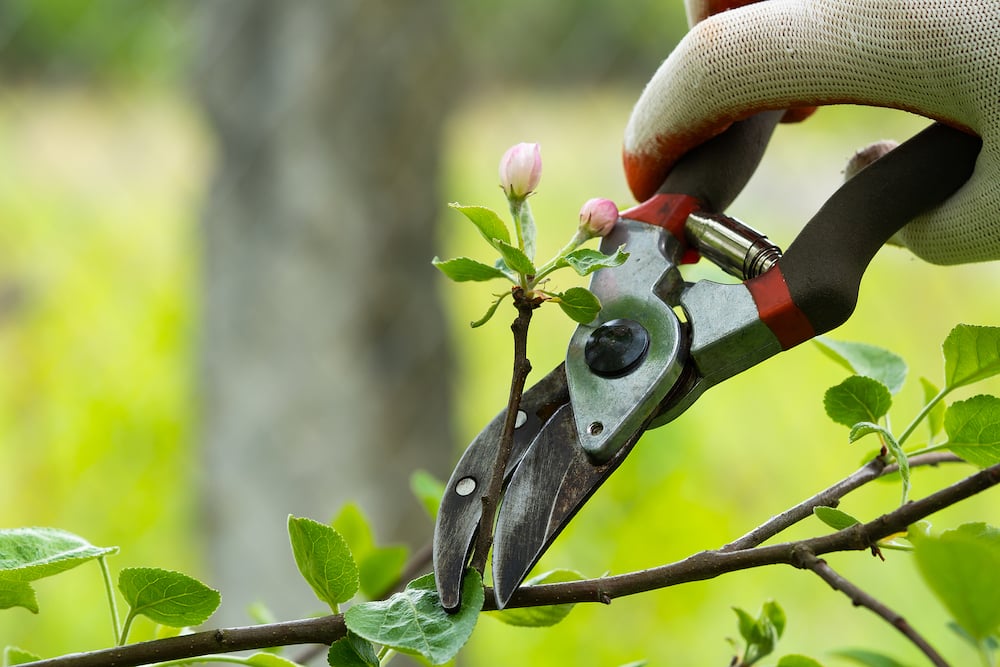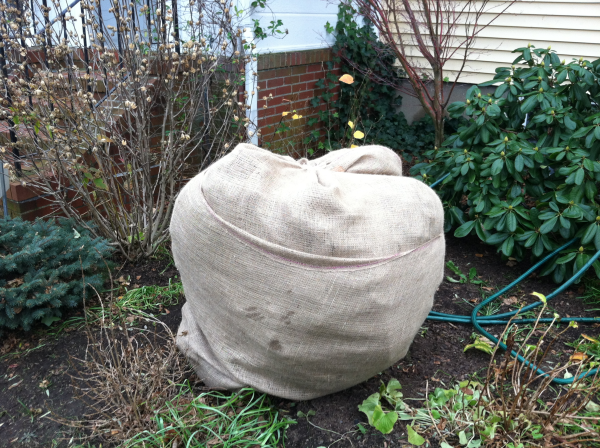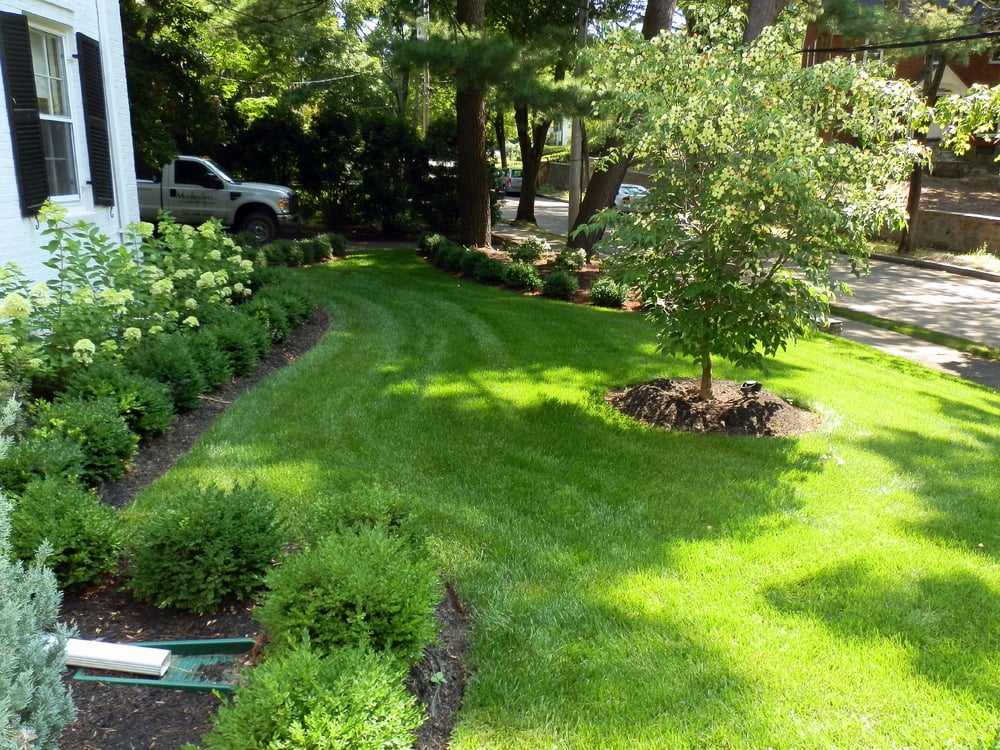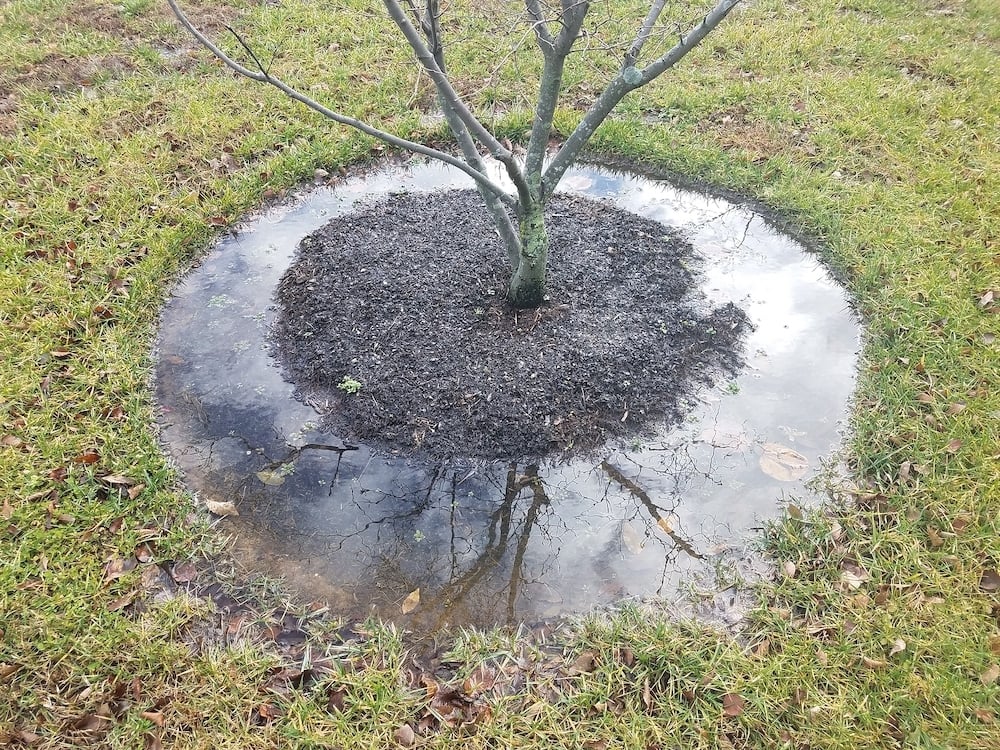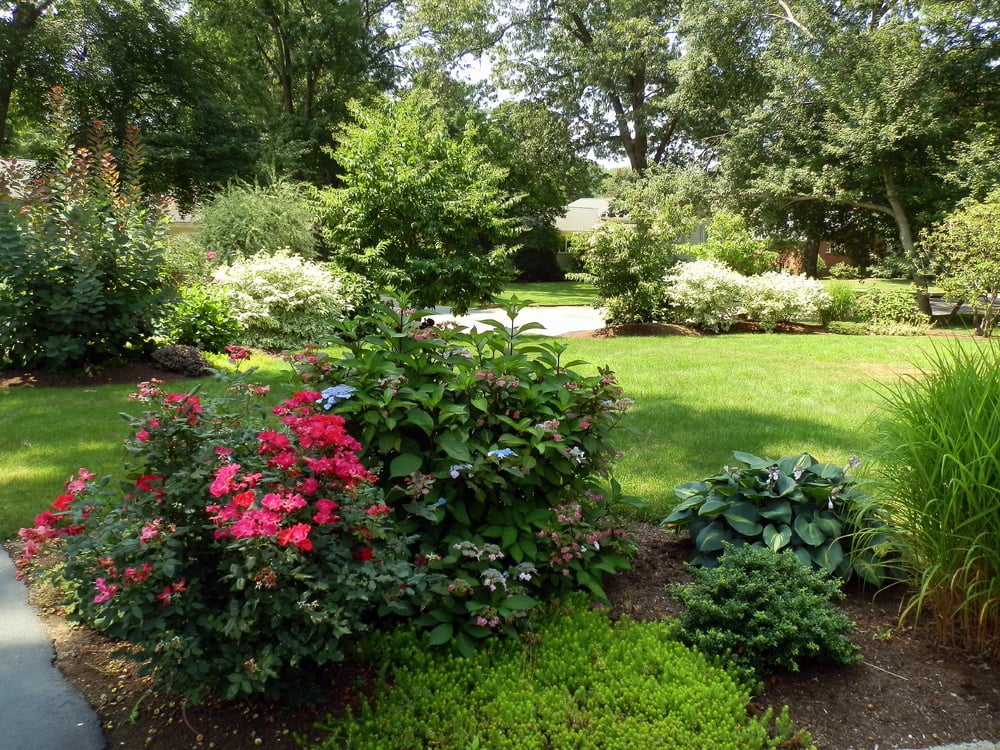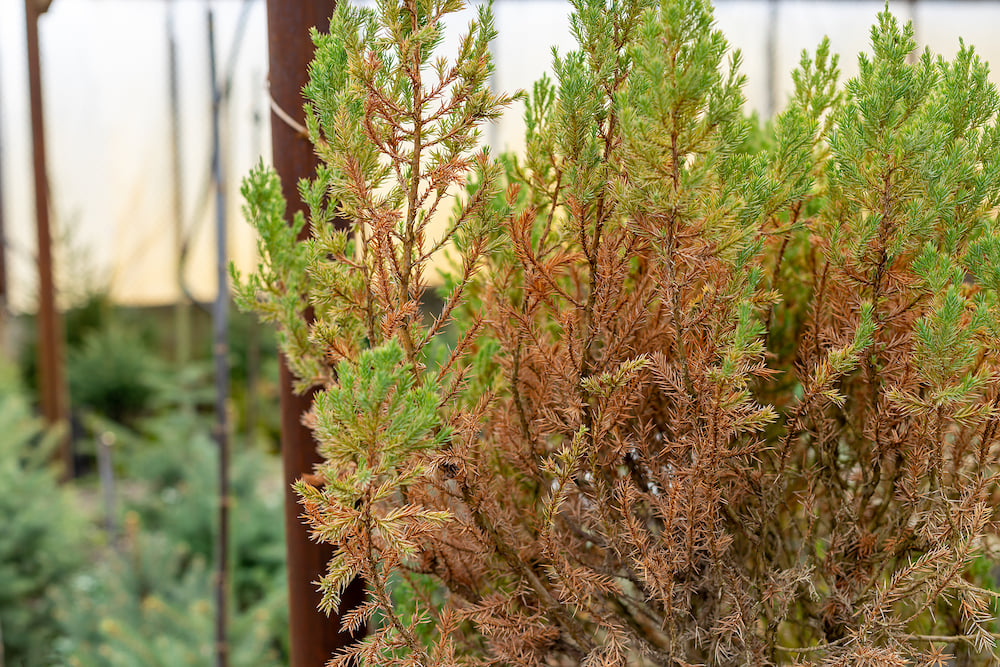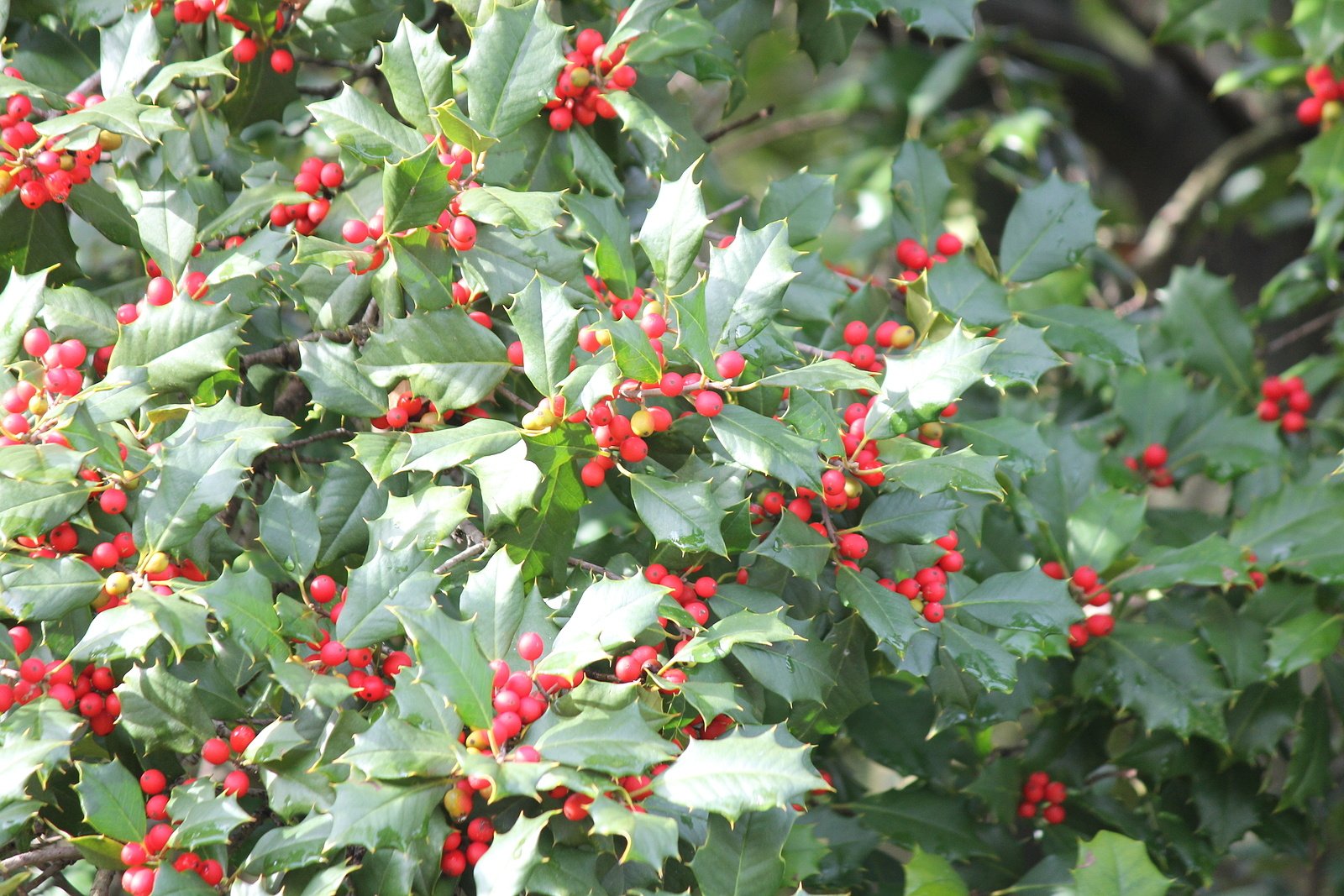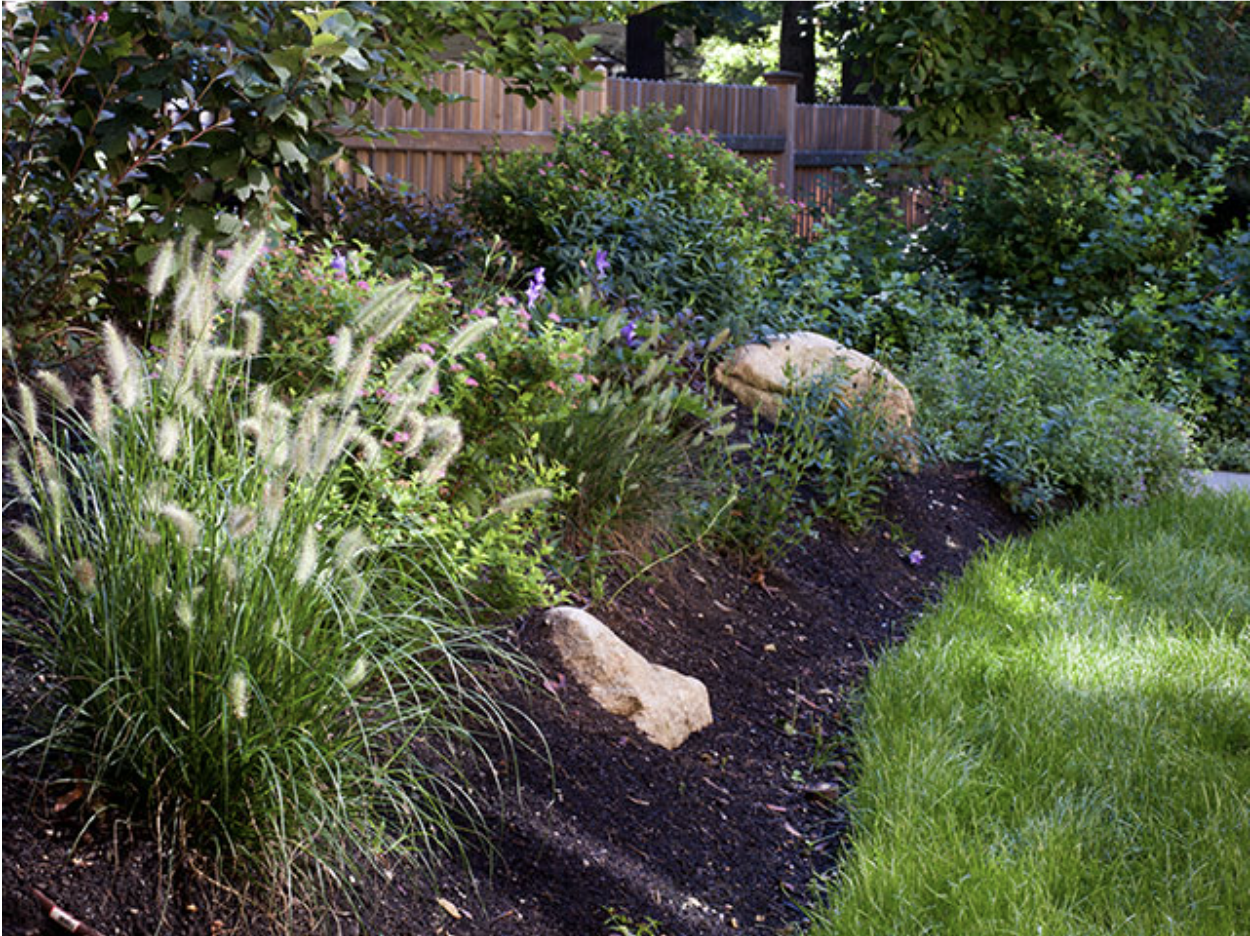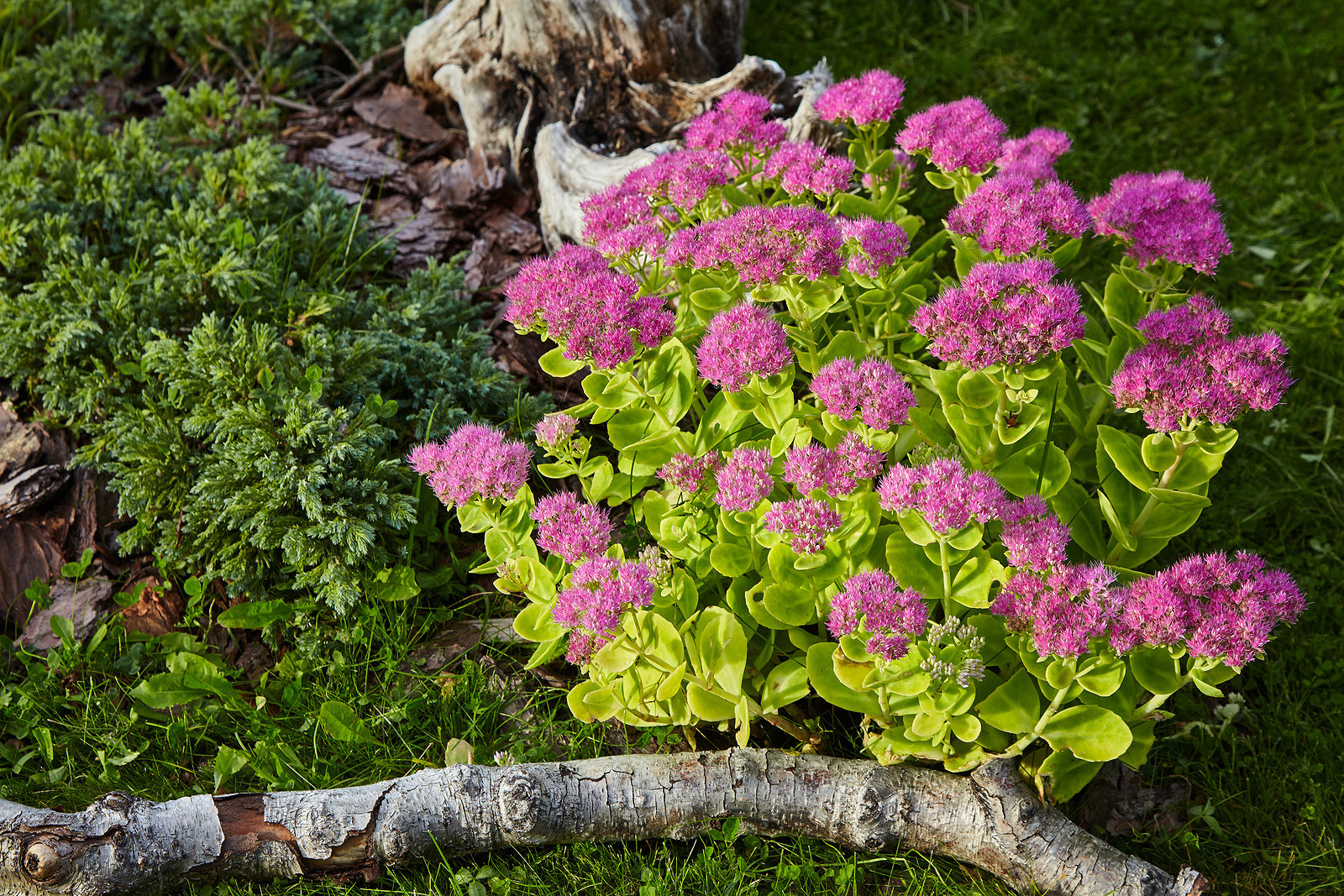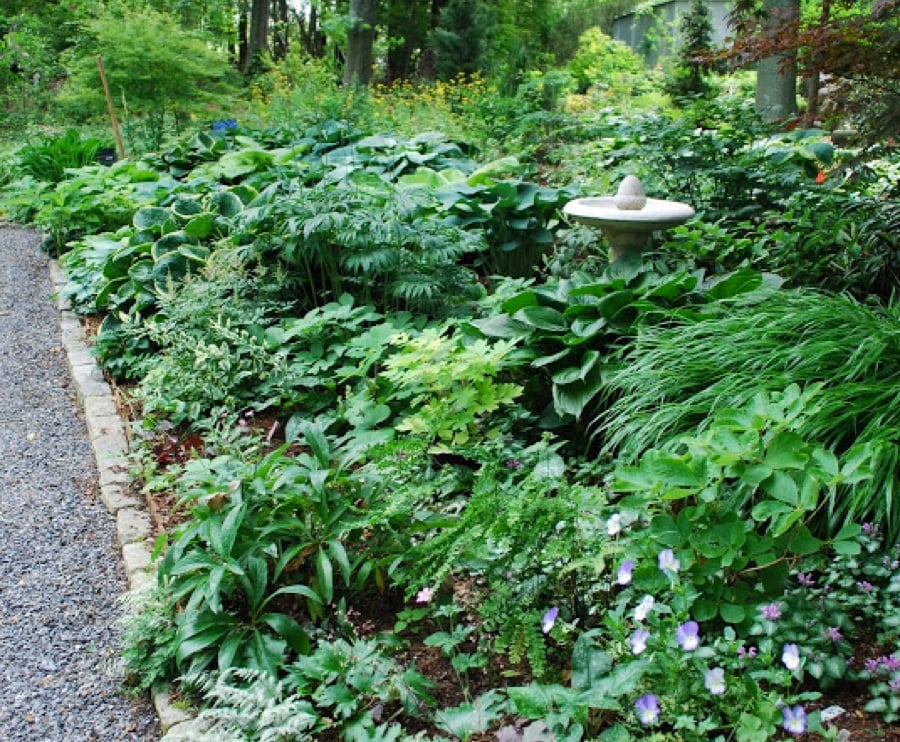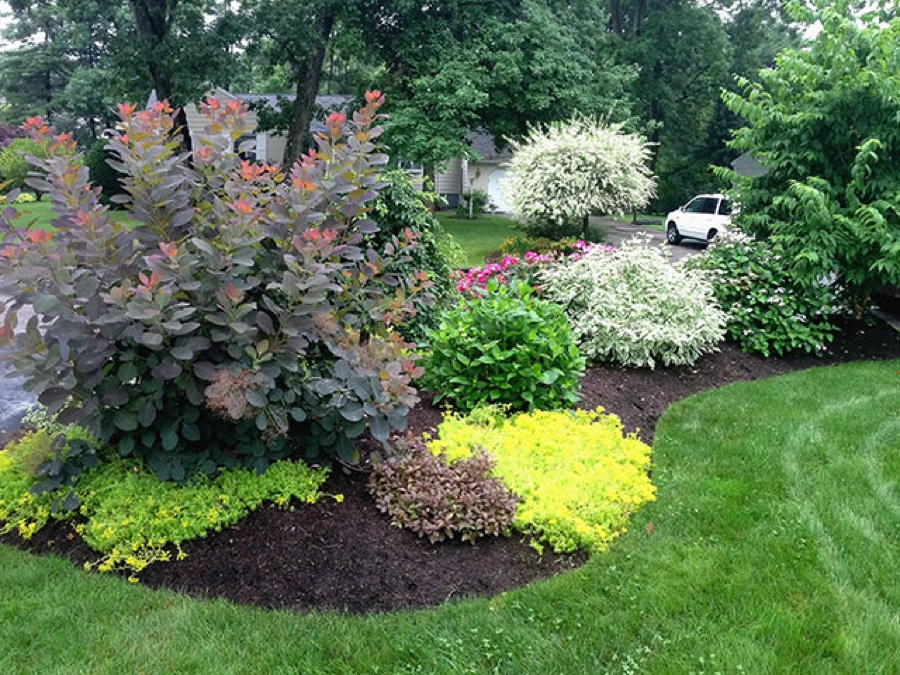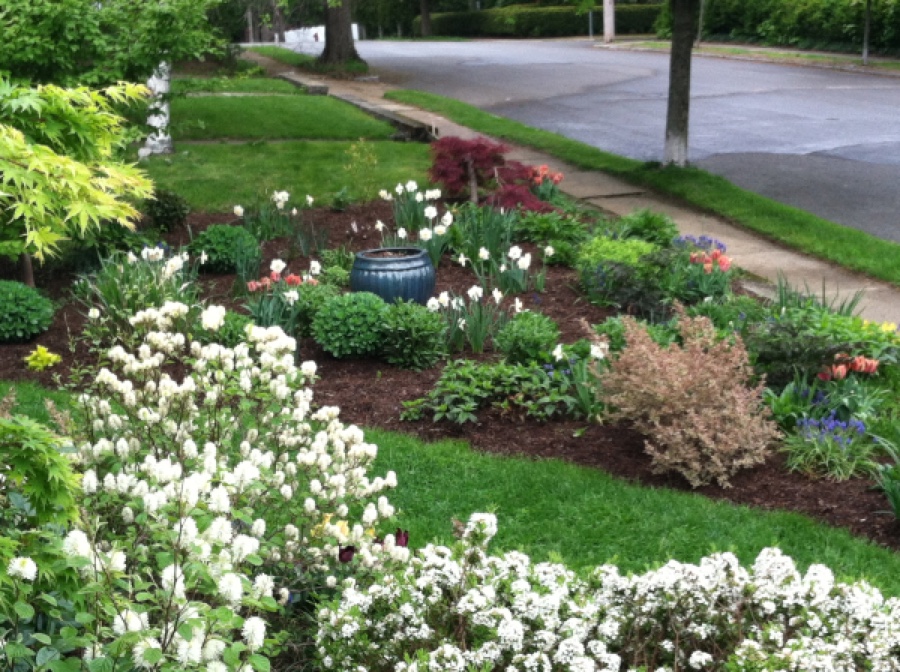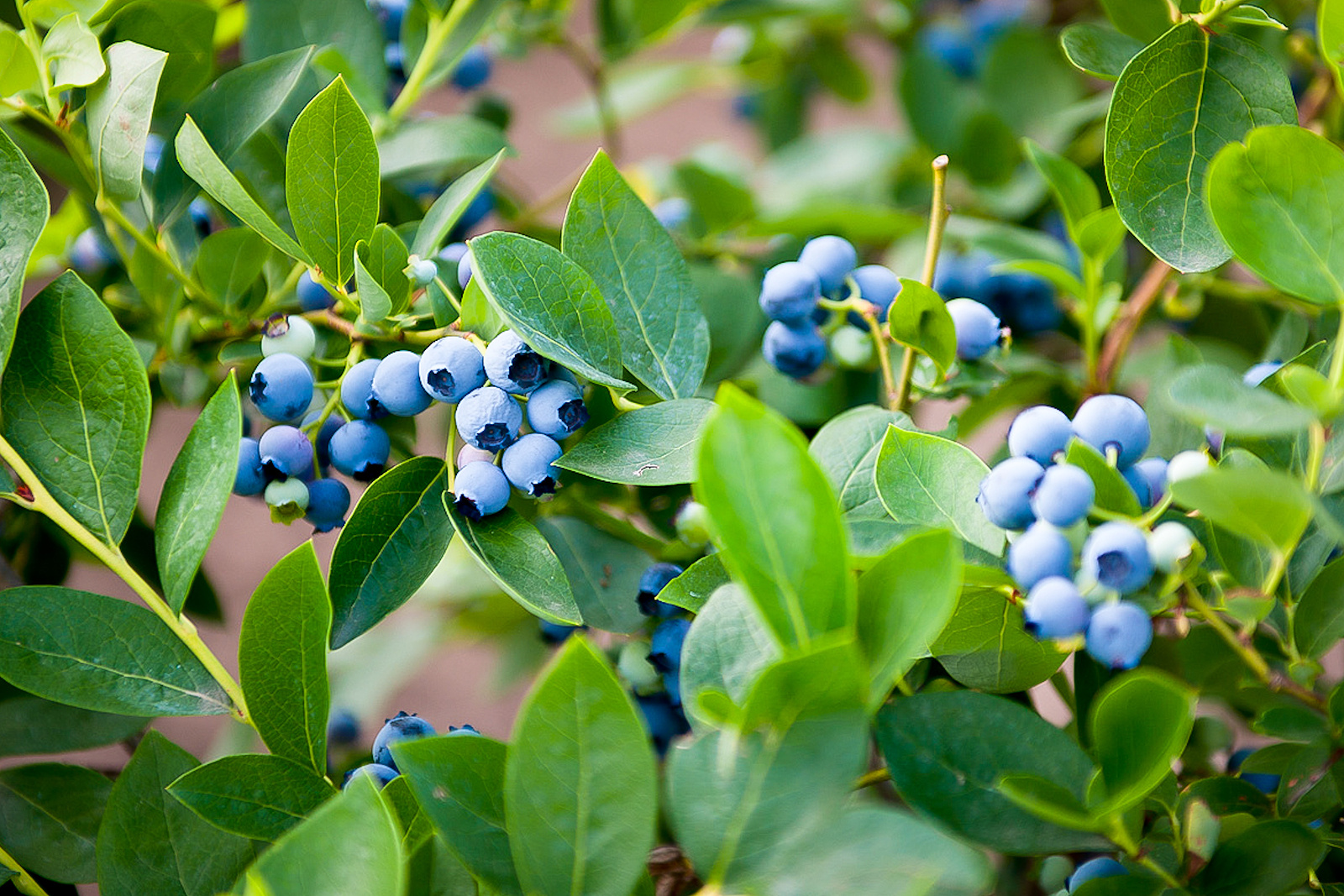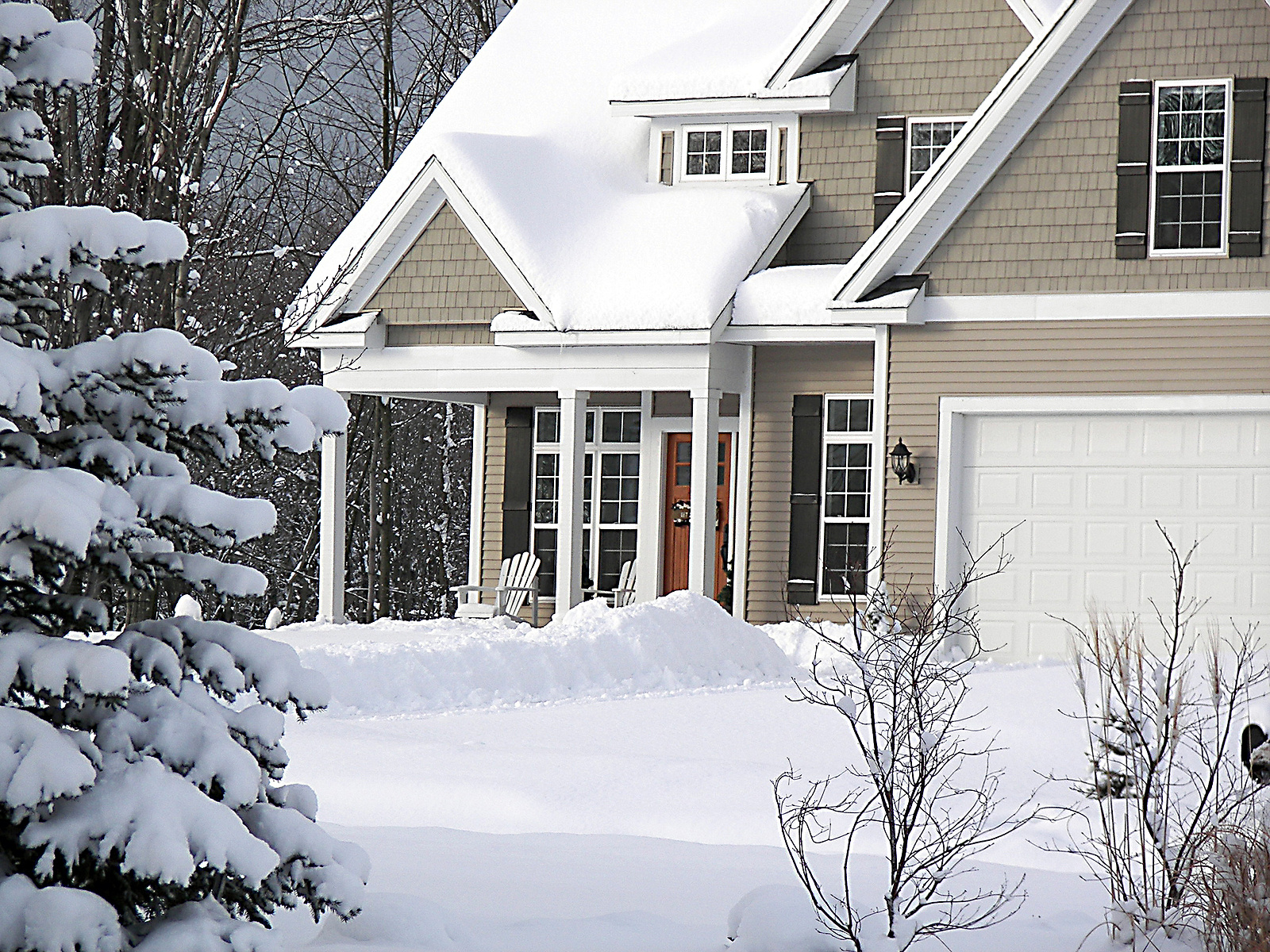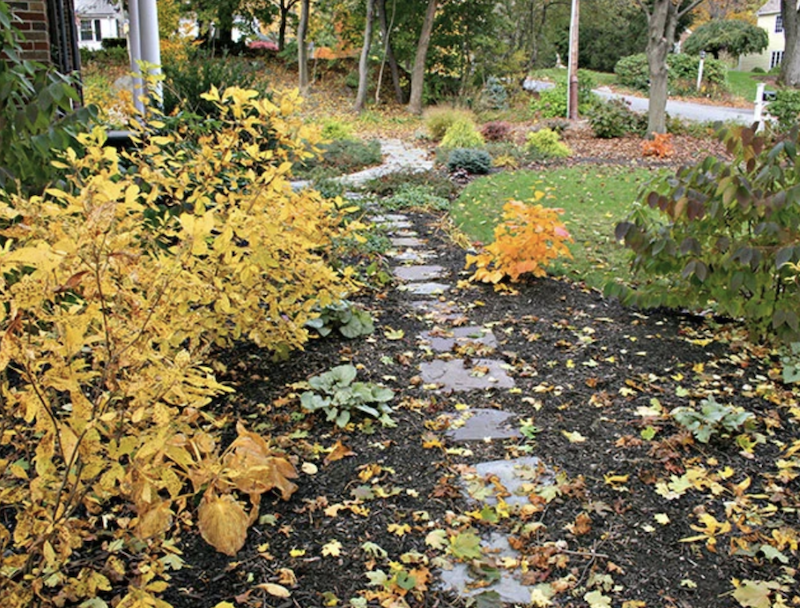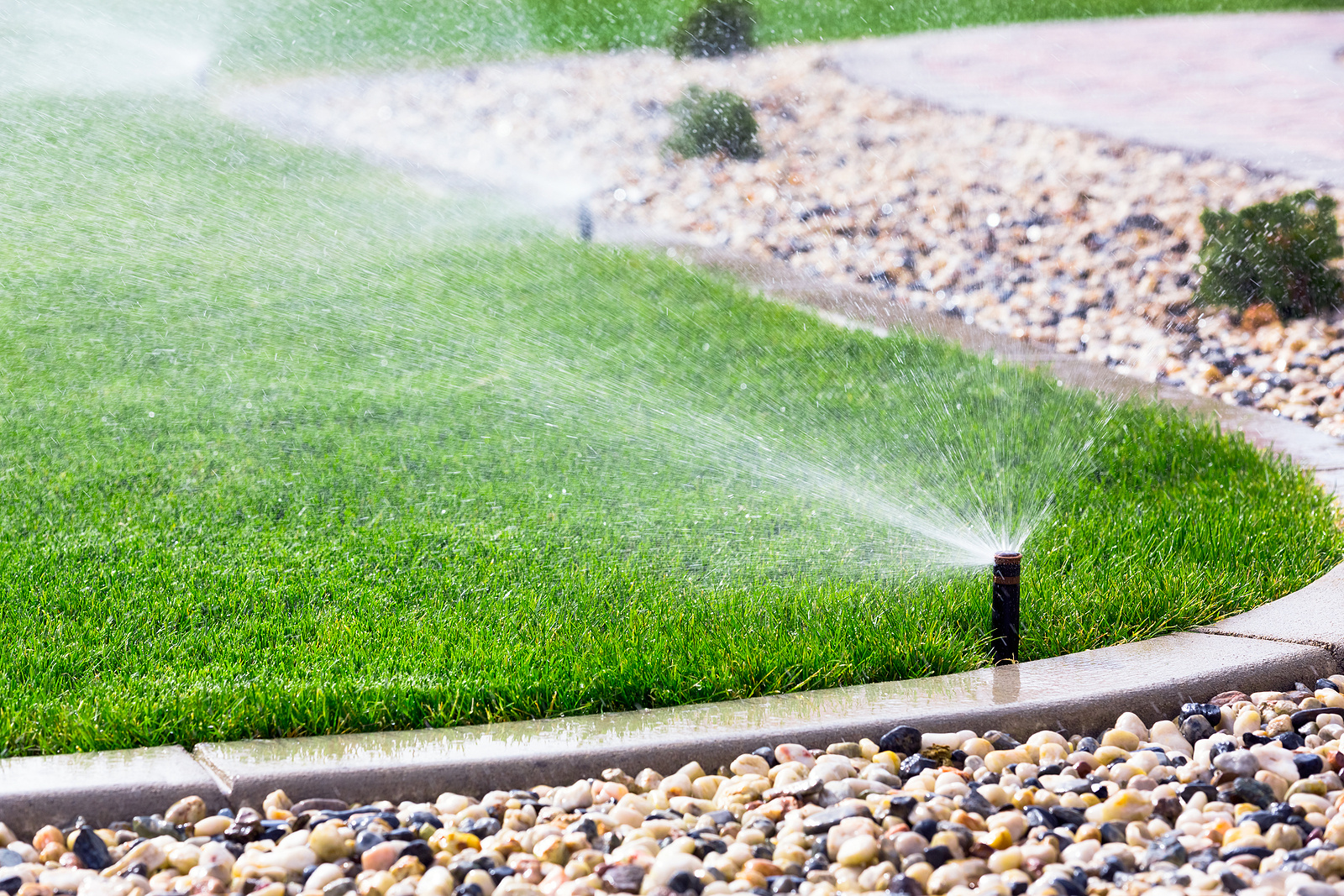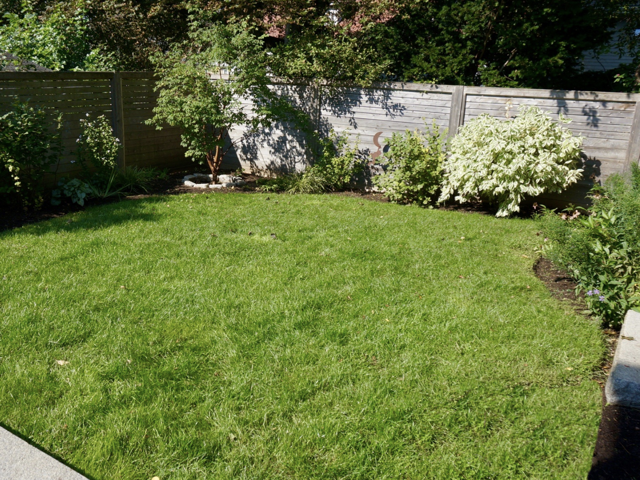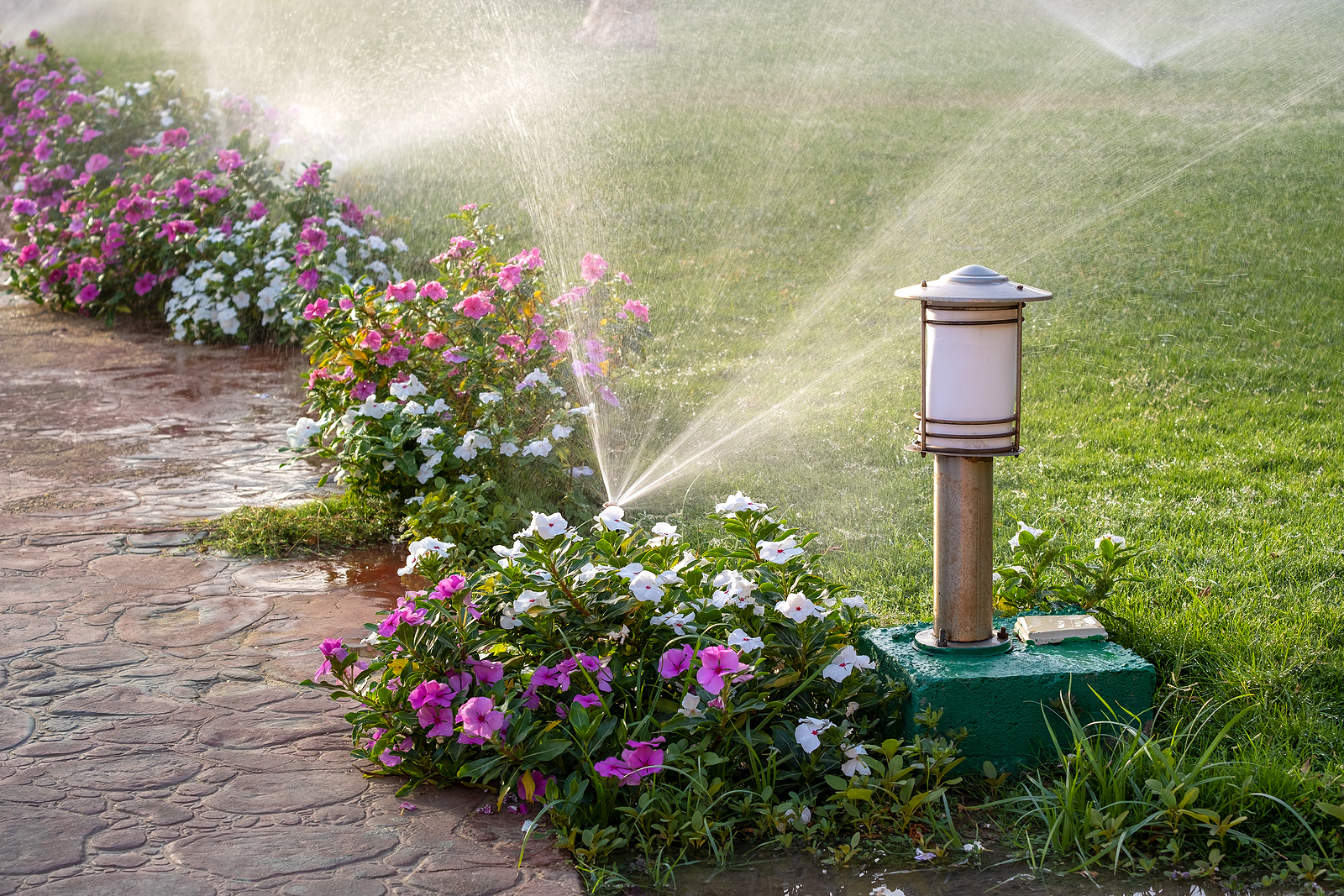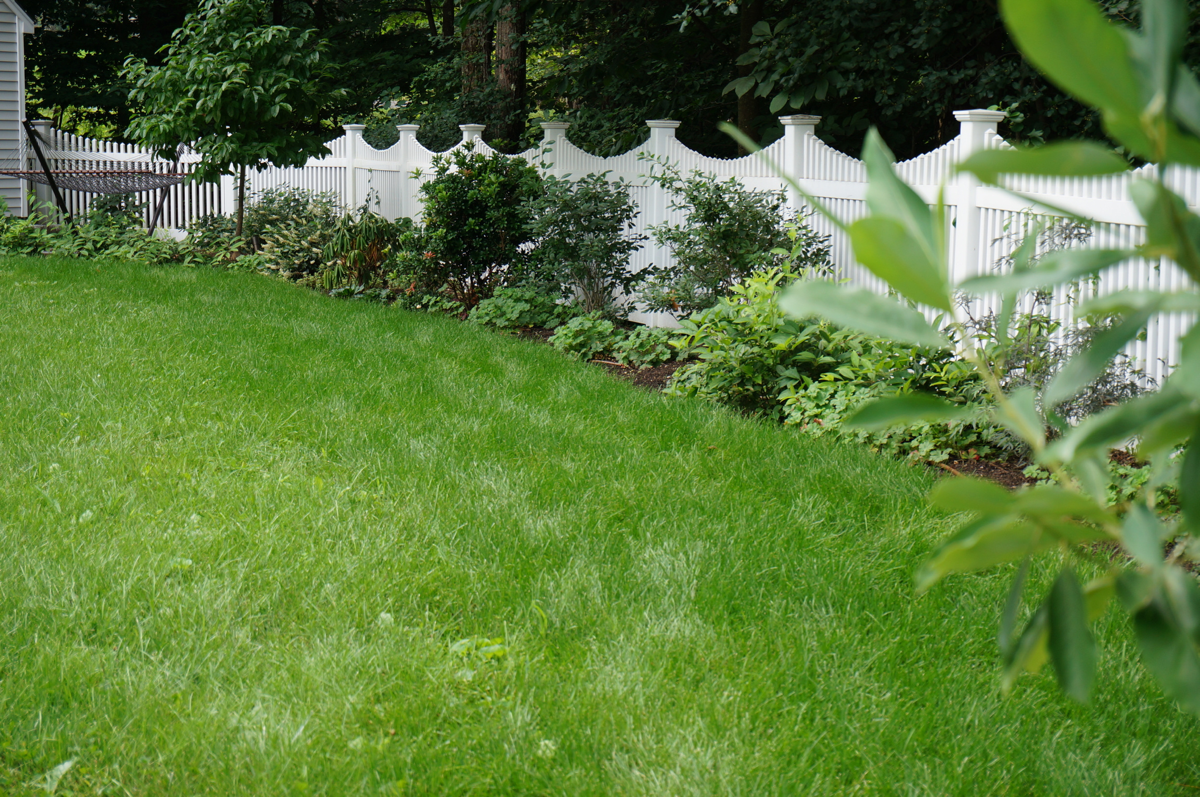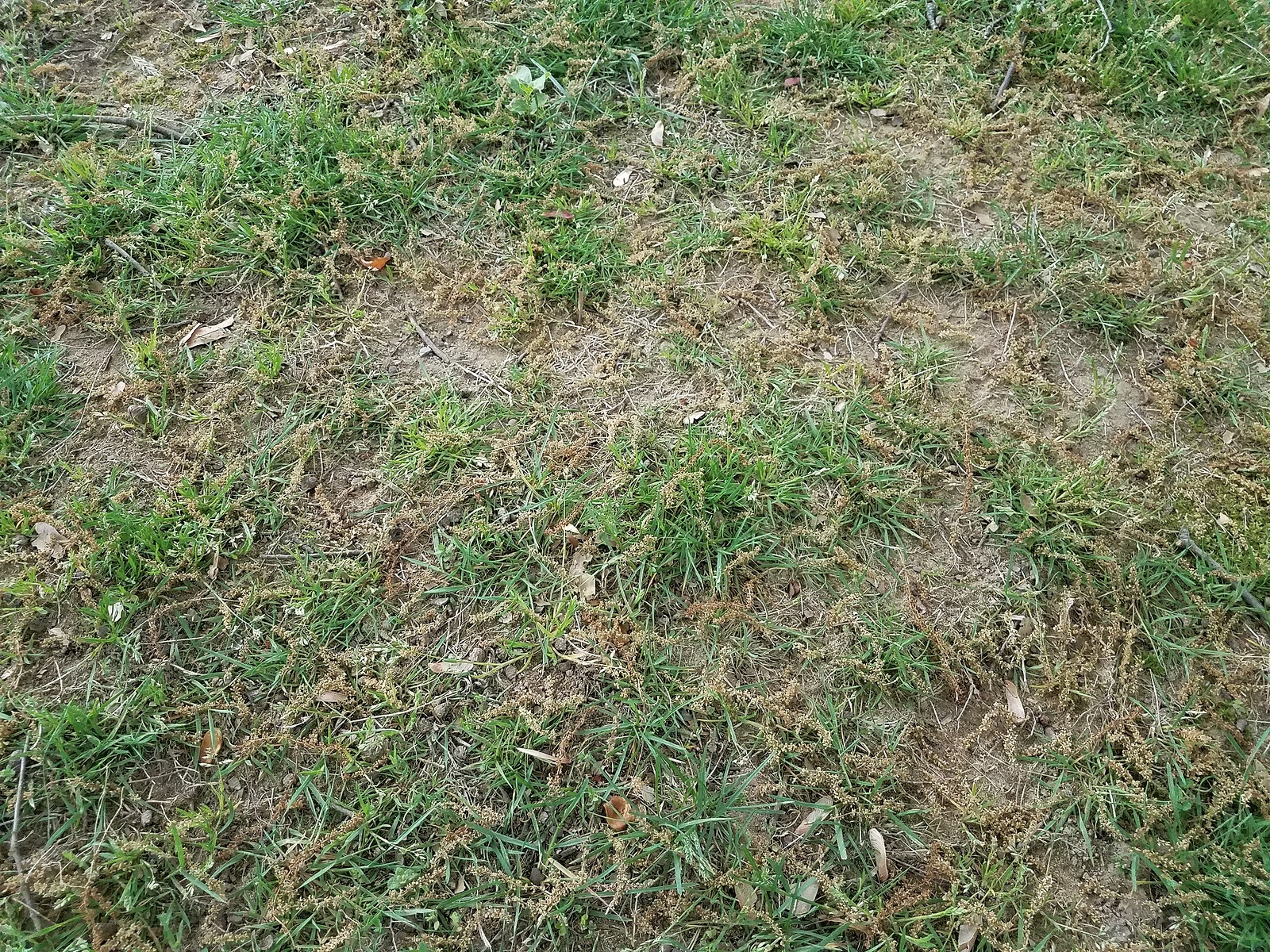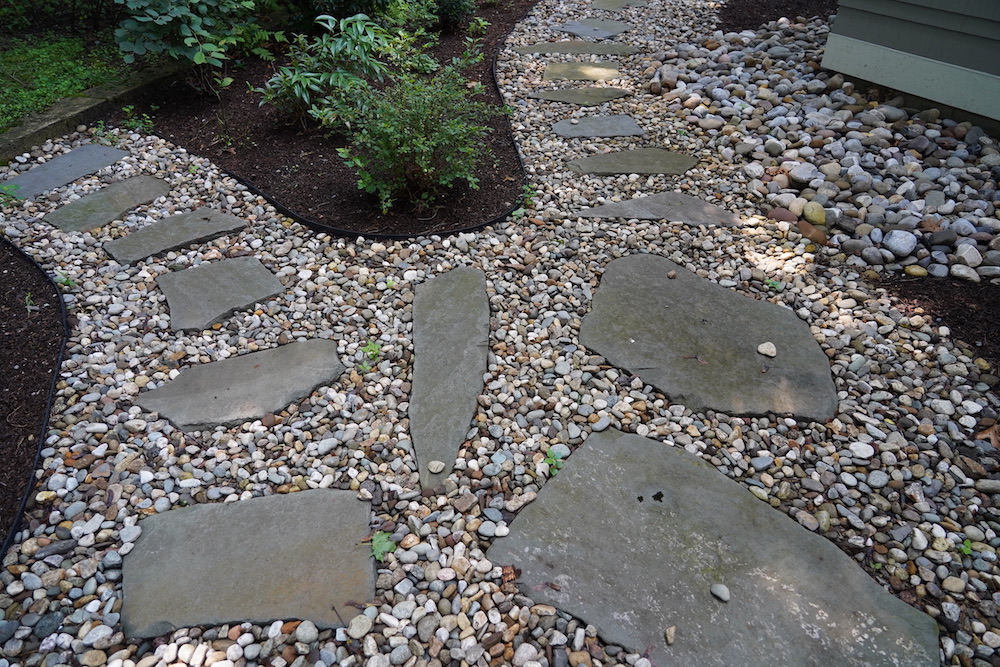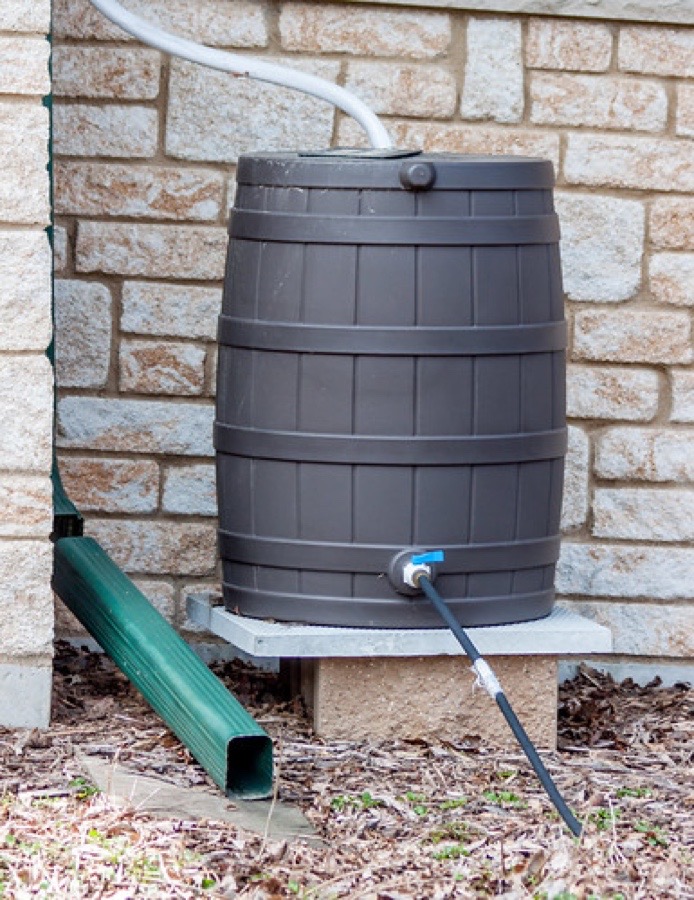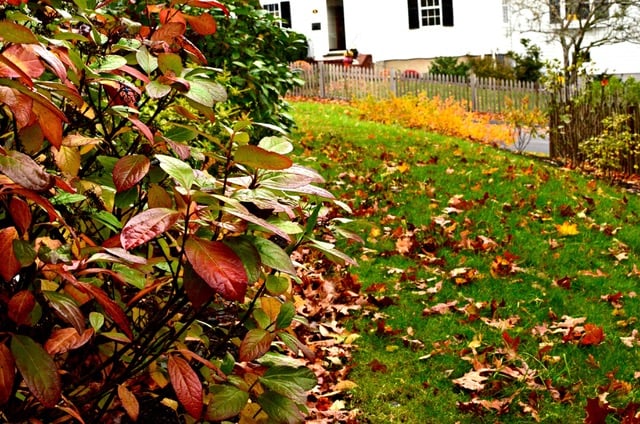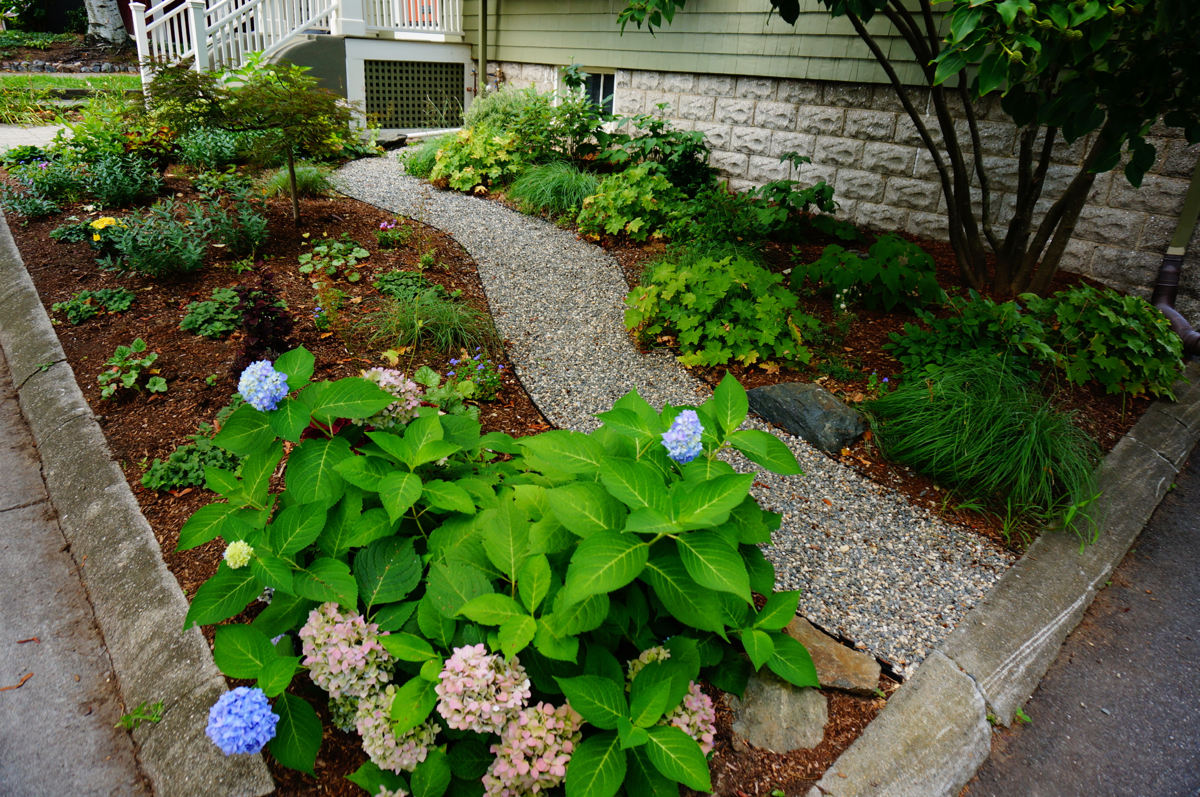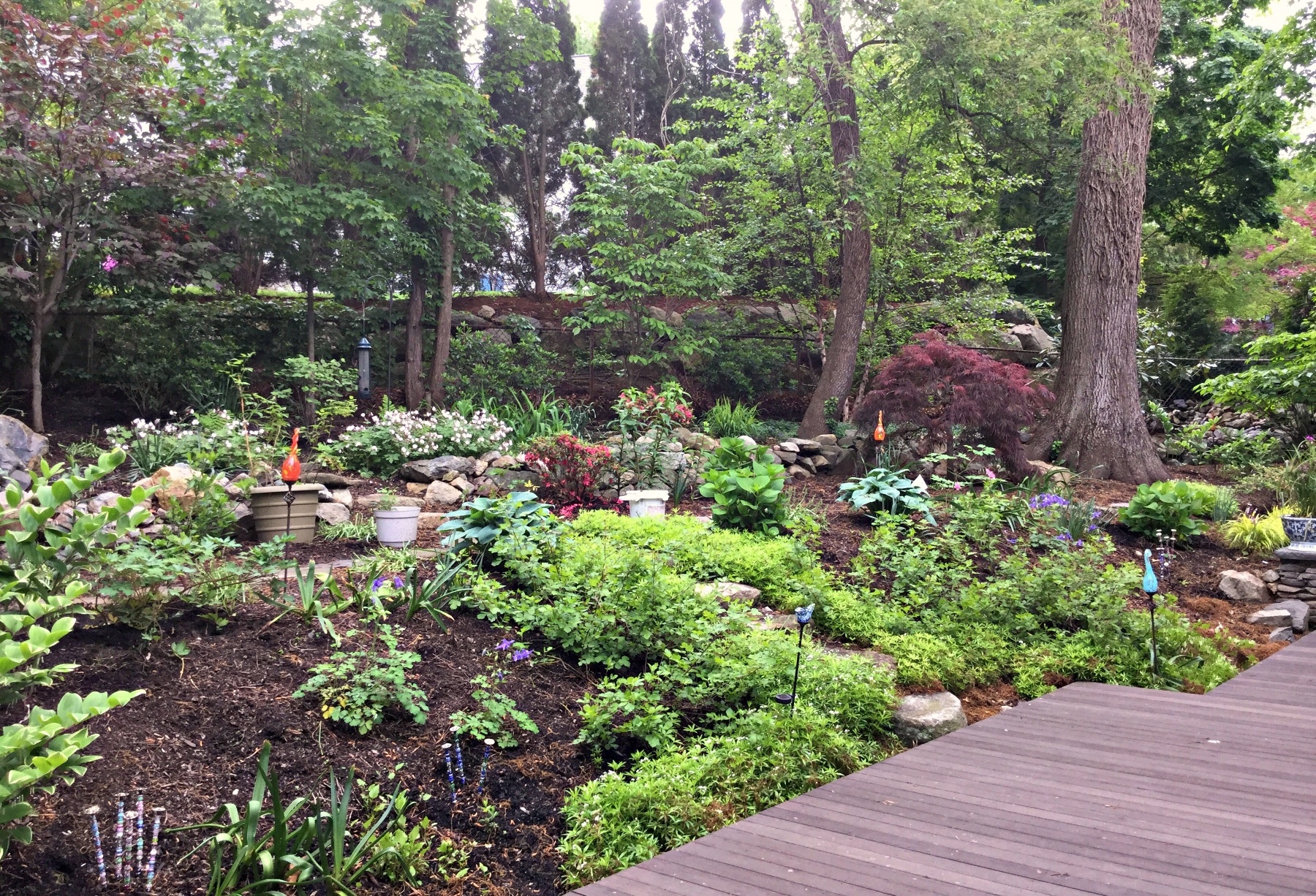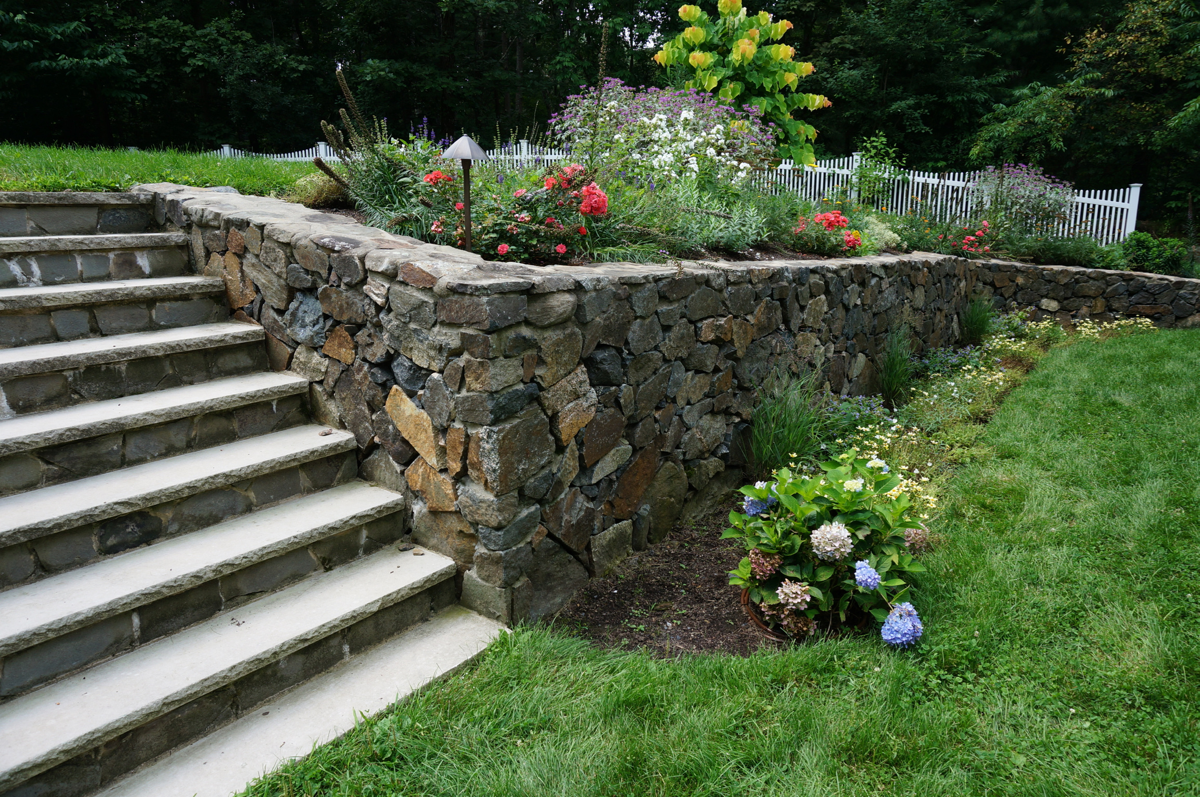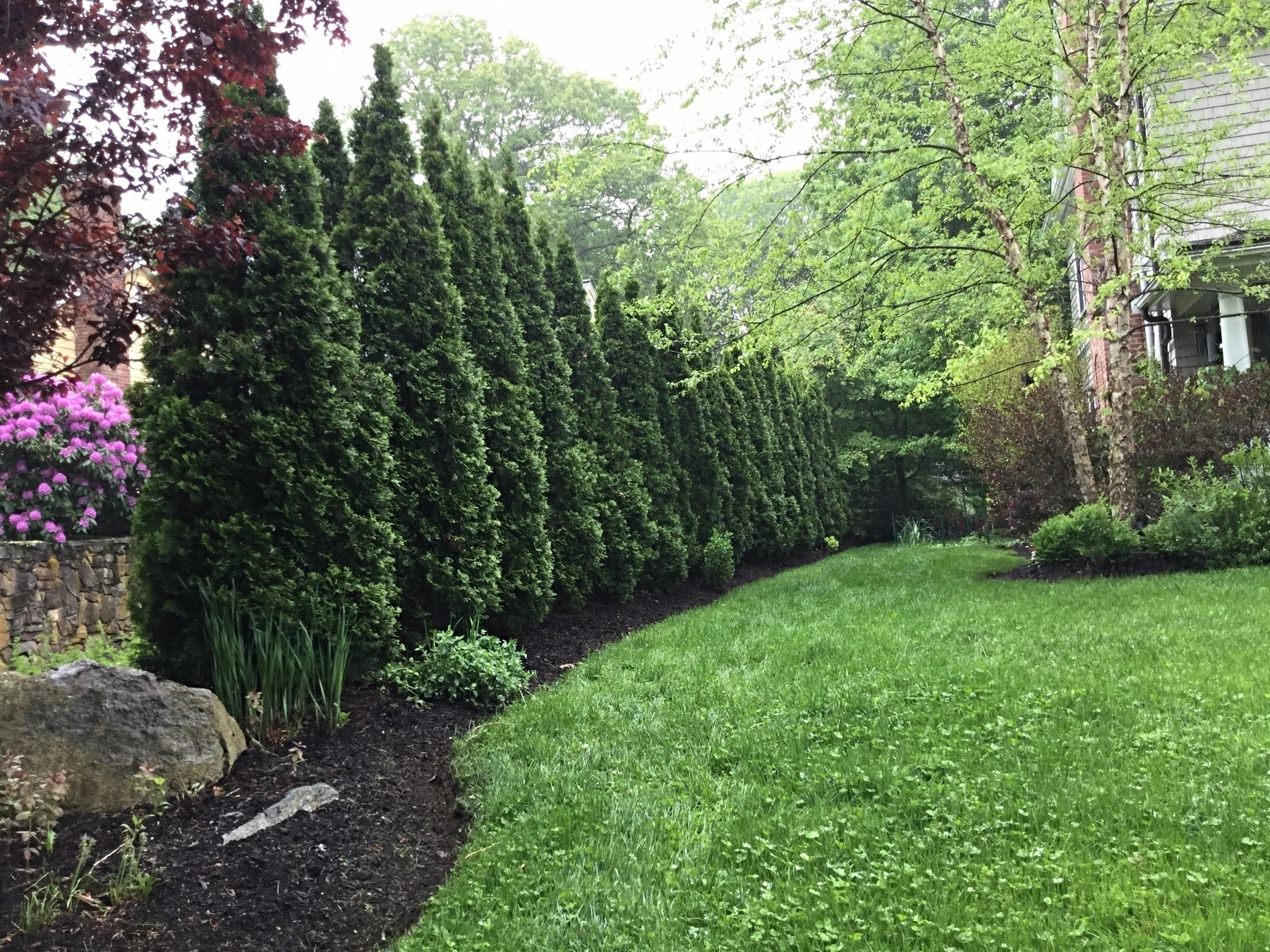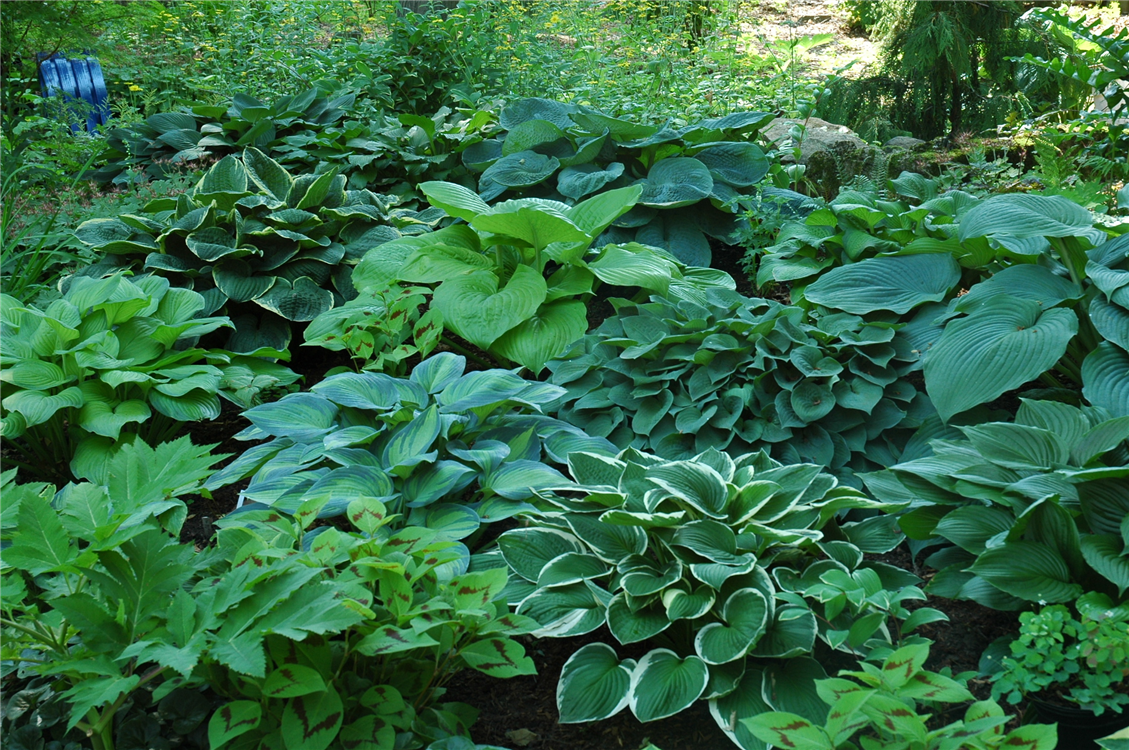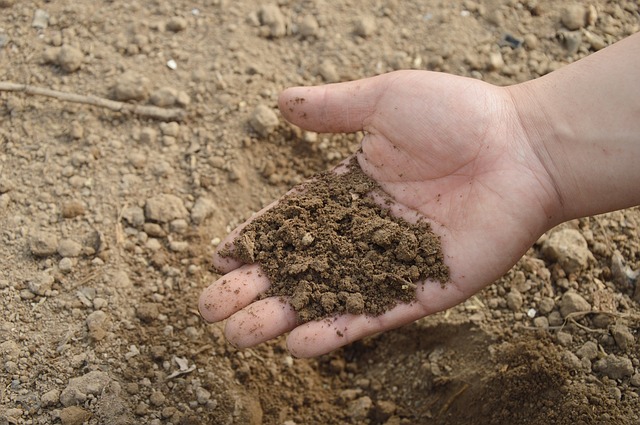You’ve spent the morning in the garden, ready to tackle the overgrown shrubs and thinning out a few trees. But after wrestling with dull blades and awkward angles, the results don’t match the effort. Some cuts are ragged, others barely made a dent — and a few branches now look worse than before.
It’s a common struggle: trying to maintain a beautiful landscape without the right tools. But a well-chosen set of high-quality pruning tools can make a dramatic difference in both results and confidence.
In this guide, we’ll break down the essential pruning tools every homeowner should consider so you can make clean, healthy cuts across your landscape with ease.
Why It's Important to Use the Right Pruning Tool
Using the best tool for each job isn’t just about convenience — it’s about protecting your plants and making your work more effective. A clean, precise cut helps plants heal faster and grow back stronger, while the wrong tool can crush stems, tear bark or leave behind ragged wounds that invite pests and disease.
Trying to snip a larger branch with a pair of hand pruners, or shape a delicate hedge with a saw, only leads to frustration and poor results. With the right garden tool in hand, you’ll not only get better outcomes — you’ll also save time and effort, and give your landscape the care it truly needs.
Must-Have Pruning Tools for Massachusetts Landscapes
Hand Pruners/Secateurs
Hand pruners (also known as secateurs) are perfect for quick, precise cuts on smaller plants.

Best for:
- Small branches
- Deadheading spent blooms
- Pruning perennials
- Light shrub maintenance
Use with:
- Perennials like coneflowers and black-eyed Susans
- Shrubs such as boxwood and azaleas
Key distinctions:
- Bypass pruners have two curved blades that pass by each other, creating clean cuts — ideal for live stems.
- Anvil pruners have one sharp blade that cuts against a flat surface, better for dead or woody stems.
Tip: Use bypass pruners with a straight blade to avoid crushing delicate plant tissue, especially when pruning actively growing plants.
Loppers
Loppers are ideal for when hand pruners just aren’t enough, offering more cutting power for thicker branches.

Best for:
- Medium-sized branches (up to 1.5 inches thick)
- Thinning fruit trees
- Shaping larger shrubs and small ornamental trees
Use with:
- Serviceberry and crabapple trees
- Overgrown shrubs such as lilac or viburnum
Why loppers matter:
- Provide greater leverage for tougher cuts
- Bypass loppers are ideal for cutting live, green branches cleanly
Tip: Look for loppers with long handles to reach deeper into dense shrubs and reduce strain during pruning.
Pruning Saws and Folding Pruning Saws
When branches are out of reach, pole pruners and saws let you stay safely on the ground while still getting the job done.

Best for:
- Pruning high branches without needing a ladder
- Cutting dead or damaged wood from taller trees
Use with:
- Oak trees and Norway spruce
- Overgrown apple trees with upper canopy issues
Why use one:
- Reach difficult spots safely from the ground
- Ideal for seasonal pruning and structural cleanup
Tip: A telescoping pole allows you to adjust your reach based on tree height and branch location.
Hedge Shears and Hand Shears
Hedge and hand pruning shears are perfect for keeping your shrubs and hedges neatly shaped and under control.

Best for:
- Shaping and maintaining formal hedges
- Trimming ornamental shrubs or small topiary
- Evening out growth for a clean, uniform appearance
Use with:
- Boxwood, holly and yew
- Compact shrubs like spirea or barberry
Tip: Shear during active growing months to encourage fuller, denser growth and maintain clean lines.
Having the right tool for each pruning task doesn’t just improve efficiency — it helps protect your plants from unnecessary damage and encourages strong, healthy growth throughout your landscaping.
Whether you're cleaning up flowering perennials, shaping shrubs, or reaching into high tree branches, choosing the right equipment can turn a frustrating chore into a satisfying routine.
And when a job feels out of reach — literally or figuratively — it’s always smart to call in a professional who can assess your landscape and handle the more complex cuts. With the right support, your yard can thrive season after season.
To learn more about landscape maintenance for your home, download our free ebook, How to Maintain Your Landscape and Transform It Into a Beauty You'll Love. If you're ready to get started on your new landscape project, or simply want to learn more about the process, you can contact our team here to schedule a free consultation. We'd love to talk to you!


